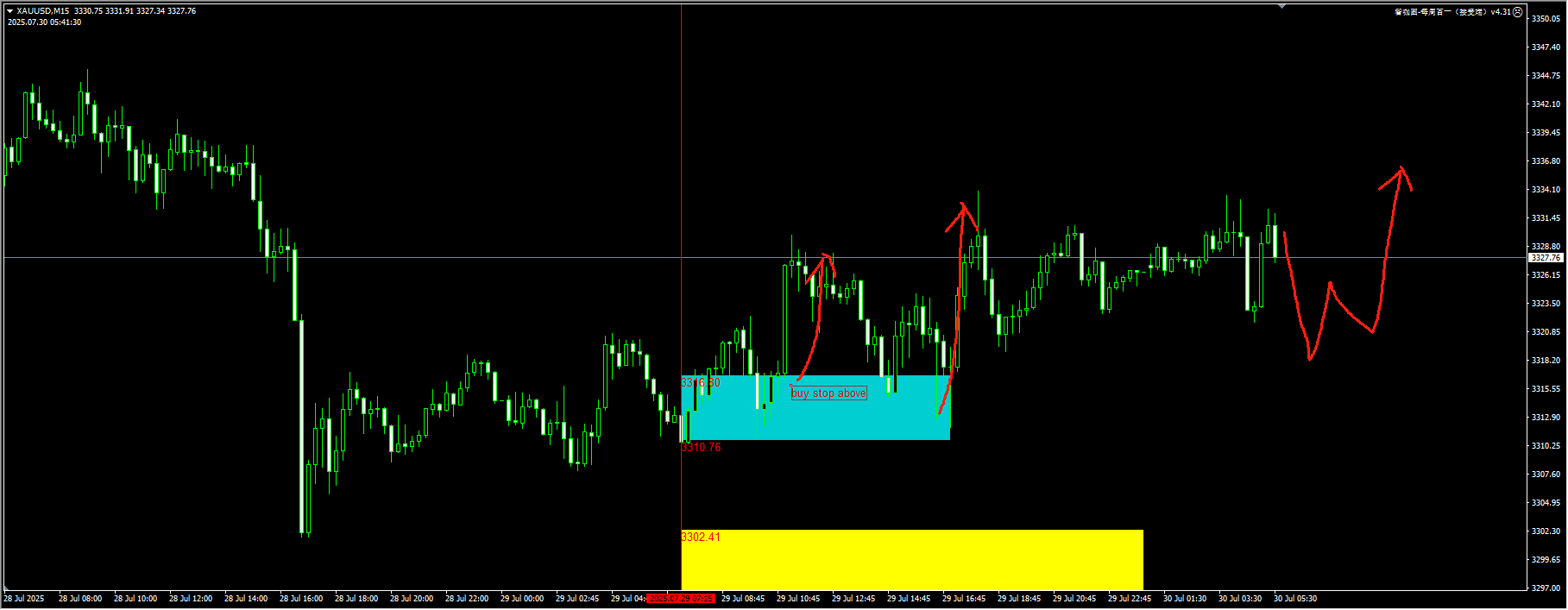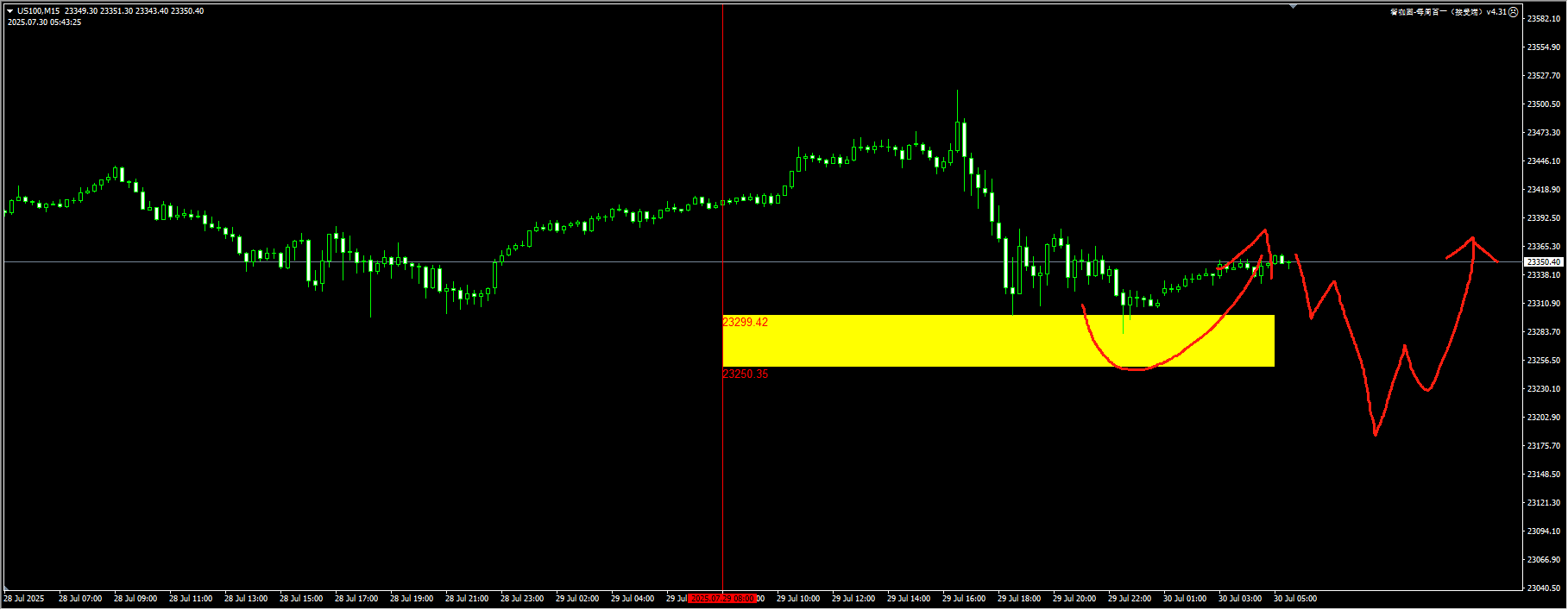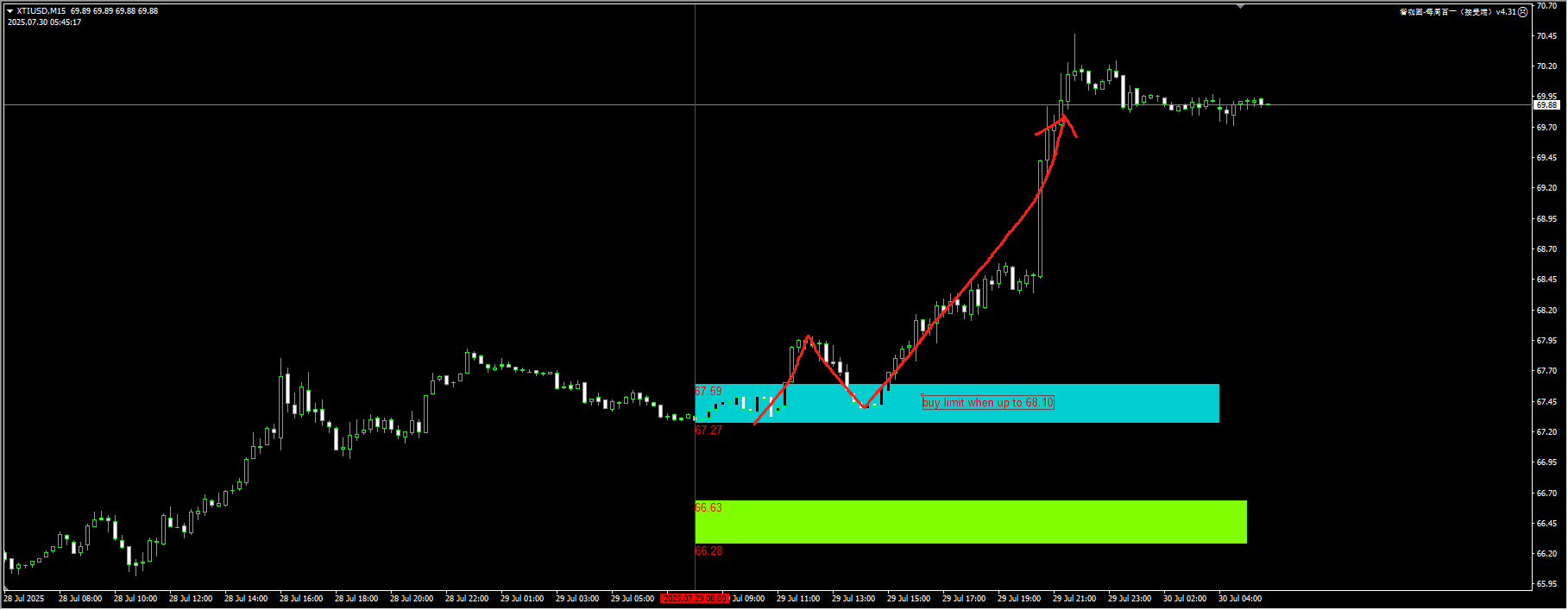Over the past three months, the Japanese yen has underperformed all major currencies. With the intensification of political risks, the yen may face the risk of further depreciation.
Strategists are bearish on the yen, predicting that the outcome of Japan’s general election will boost government spending, while the impact of US tariffs may still slow the pace of interest rate hikes. This sentiment is in line with that of options traders, who are preparing for another decline in the yen.
The ruling Liberal Democratic Party’s defeat in the July 20 election has become a decisive factor influencing the yen’s movement. Analysts warn that Prime Minister Ishiba Shigeru may resort to populist spending to shore up the support rate of his weakened ruling coalition. The $550 billion US investment fund negotiated as part of a trade deal may also stimulate capital outflows and put pressure on the yen in the long term.
Derek Halpenny, global head of market research at MUFG Bank, said: “Although the election is over, there are still some political risks, such as the possible resignation of Prime Minister Ishiba and the LDP leadership election in September. Given that short-term economic growth and inflation risks are biased downward, the demand for USD/JPY call options may also reflect the expectation that Governor Kuroda will not signal a rate hike soon.”
If the currency pair rises, the value of the USD/JPY call option will increase, and it can hedge against the risk of the yen’s depreciation.
Data from the Depository Trust & Clearing Corporation on July 28 showed that the ratio of traders betting on a rise in the dollar against the yen to those betting on a fall was close to four to one in dollar-yen call option trading.
Data from the U.S. Commodity Futures Trading Commission (CFTC) shows that this pessimism contrasts sharply with the views of asset management companies. Asset management companies increased their net long positions in the Japanese yen in the week ending July 22. Similarly, leveraged funds also reduced their short positions in the yen during this period.
The yen has fallen by about 6% since climbing to a seven-month high in April to 148.27 yen per US dollar, partly due to concerns over Japan’s general election.
Market participants who have shorted the Japanese yen expect that Ishiba Shigeru will give in to the opposition’s calls and implement costly tax cuts to boost the popularity of his ruling coalition. Some analysts say that if Ishiba steps down, his successor could be Aso Taro, who is an active supporter of fiscal and monetary stimulus policies and lost to Ishiba by a narrow margin in the LDP leadership race last year.
“Regardless of the ultimate political outcome, fiscal policy may take a more expansionary path,” Barclays Securities strategists, including Shinichiro Nakatani, wrote in a report. “If an expansionary fiscal policy is implemented, given the recent sensitivity of the USD/JPY to changes in the ultra-long-term premium, the USD/JPY could rise above 150.”
A further decline in the yen could prompt a resurgence of the popular carry trade strategy, which involves borrowing yen at relatively low interest rates and investing in other currencies that offer higher returns.
Sagar Sambrani, a senior foreign exchange options trader at Nomura International in London, said, “There are several reasons for the rise in the USD/JPY exchange rate – the market’s general short position on the dollar seems to be overdone, and the long position on the USD/JPY provided excellent arbitrage opportunities during the quiet summer.”
Some people are more optimistic about the future of the Japanese yen simply because they expect the recent strength of the US dollar to be short-lived.
Ayako Sera, a market strategist at Sumitomo Mitsui Trust Bank, said that although Japan’s proposed U.S. investment fund might stimulate capital outflows, the yen could rise to 142-143 against the dollar this year as the Federal Reserve cuts interest rates.
The Bank of Japan’s policy decision to be announced on Thursday may determine the short-term direction of the yen. Investors will closely watch the remarks of Governor Kikuo Iwata to gauge the timing of the next interest rate hike. It is said that officials are considering the possibility of another rate hike this year.
Technical analysis:
The functions of WeChat are subject to occasional restrictions. Students who want to experience the plug-in are kindly requested to try multiple times!!!
Gold: The blue zone breakout buy stop strategy we provided through the plugin yesterday was perfect, achieving a profit-to-loss ratio of around 3 times. Due to the approaching risk events today, it’s not advisable to continue attempting momentum signals. Instead, we should be more proactive in monitoring the rebound after short-term liquidity sweeps. However, all positions should be protected before the Fed meeting announcement tonight. For detailed positions, please consult the plugin.

The plugin is updated from 12:00 to 13:00 every trading day. If you want to experience the same plugin as shown in the picture, please contact V: Hana-fgfg and note “666” in the message.
Nasdaq: Yesterday, we clearly stated in our article that the situation of low liquidity sweeping might occur around 23,260 – 23,300, and we also marked it with a yellow area on the plugin. Today, the price indeed swept below 23,300 and then rebounded and rose. For today, we will continue to wait for the buying opportunity after the low liquidity sweeping. The area to watch might be around 23,200. For detailed positions, please consult the plugin.

(NASDAQ 15-minute chart)
The plugin is updated from 12:00 to 13:00 every trading day. If you want to experience the same plugin as shown in the chart, please contact V: Hana-fgfg and note “666” in the message.
Crude oil: Yesterday in the article, we clearly reminded that the signal of the upward breakthrough of momentum should be closely watched. During the process of breaking through 68, 1-2 long positions can be attempted. The plug-in we provided yesterday was a long position attempt after the breakthrough and pullback. Currently, the price has broken through the convergent pattern and reached the area near 70. For today, it might be necessary to temporarily observe and wait for new signals after the risk event. For detailed positions, please consult the plug-in.

(Crude Oil 15-Minute Chart)
The plugin is updated from 12:00 to 13:00 every trading day. If you want to experience the same plugin as shown in the picture, please contact V: Hana-fgfg and note “666” in the message.
Key economic data and events to focus on today:
17:00 Eurozone Q2 GDP Preliminary Estimate
20:15 US July ADP Employment Change (thousands)
20:30 US Q2 Preliminary Real GDP
20:30 US Preliminary Personal Consumption Expenditures Price Index for Q2
21:45 Canadian overnight target rate
02:00 Federal Reserve Interest Rate Meeting
02:30 Press Conference after the Federal Reserve Meeting
